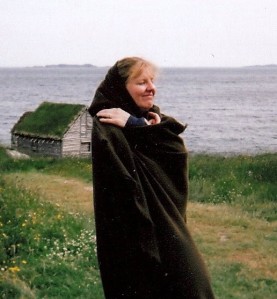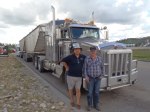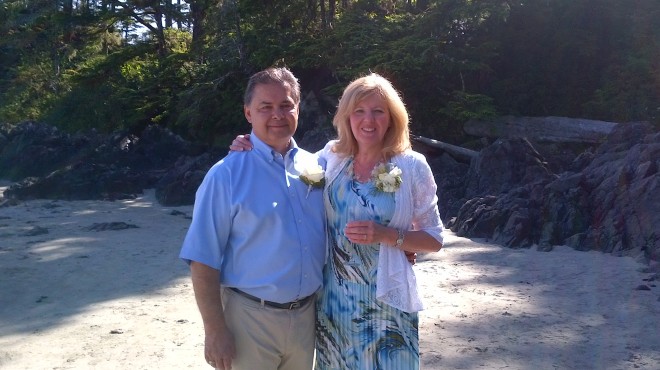
Newfoundland, a couple of years ago. It captures the spirit of the hearty viking women settlers
Manitoba doesn’t have the bravado of Alberta nor the great golden wheat fields of Saskatchewan. Manitoba just is …
We drove by smoky lakes, and watched as ducks etched lines into glass-smooth sloughs.
The lolling landscape of canola and cereal crops, and farmers’ market fares is dotted with tidy homesteads, grazing dairy and beef cattle, alpacas, and sheep.
Here in the middle of Manitoba, we decided to take an afternoon off from our long travel days. We veered north to an Icelandic settlement on Lake Winnipeg called Gimli. A while back, I read about it in National Geographic and was intrigued how these hardy Icelandic settlers chose that particular site.
We arrived at Gimli too late for the Canada Day parade, but the streets were still teeming with people enjoying the hot summer afternoon by the mega Lake Winnipeg (according to WIKI, the 11th largest lake on earth).
The New Icelandic Heritage museum at http://www.nihm.ca/ was open to the public with no entrance fee, so we had a quick peek.
Answer to my question: The early settlers had chosen this barren coastal region on the sea-sized lake as it most likely appeared like home to them. They brought a strong sense of learning and literacy to the region and hard work and schooling were priorities.
The sepia prints depicted a rather dour, sombre bunch. I looked at photo after photo of fair-haired women dressed in dark clothes. One particular picture interested me. A girl of 14 was posed at an altar at a Lutheran church on her confirmation day. I called Andy over.
“She looks just like I did at that age.” He agreed that I must have.
Many of the settlers had similar sounding names to mine. “Sigrun”, “Gudrun”. Nobody would have blinked twice in this settlement at the odd sounding name of “Andrun.” There is a reason I chose to call myself “Andi” here in Canada. Andrun is quite unpronounceable to most Anglophones.
Later, standing outside a shop with an ice-cream, waiting as Andy ducked in for a moment, a woman approached me.
“Are you from here?” she asked.
“Oh, no,” I gush. “I may look like it, but no, I’m not from here, but my ancestors were.”
For a moment I felt great cultural pride, that I was recognized as part of the community; however, this woman was most likely asking if I was from there so she could ask directions. But I did have my moment, a sense of place and belonging.
We pulled into a campground rather late. Again, at honour system prevailed. A sign tacked on the bulletin board instructed campers to park at an available site and pay in the morning or drop an envelope in a little wooden box.
After we had set up, we were herded to the camp’s open area, where a band of a fiddle, an accordion and a guitar produced western music. An elderly couple danced. The BBQ was over, but we were offered a generous slab of Canada Day cake as we sat on a log and watched the music.
After the music stopped, everyone strolled down to the small lake (part of Shoal Lake) to watch fireworks; children played tag on the beach and older people had settled into lawn chairs with blankets. We watched the fireworks, the reflections glowing on the lake.
Coming from Montreal, where Canada Day celebrations are rather muted, this was a special treat.




